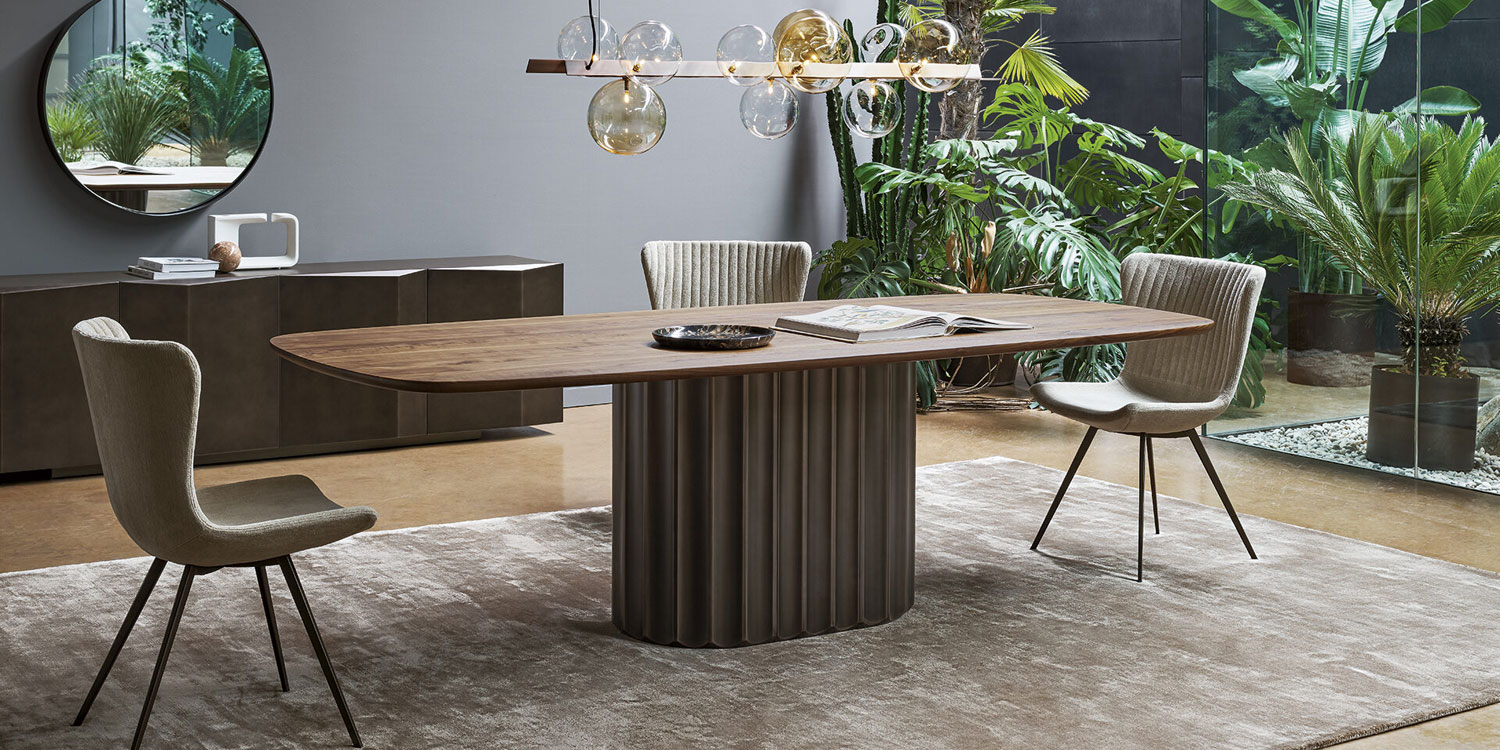
Purchasing furniture is a luxurious and rewarding experience, but it can also be daunting, particularly for those unfamiliar with the various materials utilised in furniture production. After almost 40 years in the bespoke market, one of the most common questions we get asked is, “How to tell the difference between solid wood and veneer wood tables?”
The difference between the two materials significantly impacts the table's luxury, longevity and value. Knowing how to differentiate between solid wood and veneer is an essential facet of any elegant furniture buyer's repertoire, qualifying them to make informed choices and select the most suitable option for their tastes and preferences.
We will examine the primary distinctions between solid wood and veneer in this article and provide equip you with practical tips on recognising each type of wood.
Solid wood is a luxurious and natural material sourced from several trees, providing a unique aesthetic appeal that inculcates a speck of elegance in any room. Unlike processed wood, solid wood is cut directly from the tree's trunk and retains its natural texture, colour, and grain patterns.
Our Gamma Dining Table by Cappellini is a prime example of how solid wood creates luxurious furniture pieces that are visually stunning and durable.
One of the most significant advantages of using solid wood in furniture is its durability and strength. Solid wood furniture is long-lasting and withstands daily wear and tear, making it a reliable and valuable investment for any luxurious interior design.
Another advantage is the beauty of the unique grain patterns and textures characteristic of each type of wood. Solid wood is easily stained, painted, or carved to achieve the desired look and style, making it versatile for design possibilities. Solid is a worthwhile investment in terms of quality and longevity.
However, solid wood furniture is heavy and challenging to move due to its weight. Additionally, solid wood is susceptible to warping or cracking if exposed to high levels of moisture or humidity.
Nevertheless, with care and maintenance, solid wood furniture lasts for generations, adding a trace of luxury and sophistication to your home or office space.
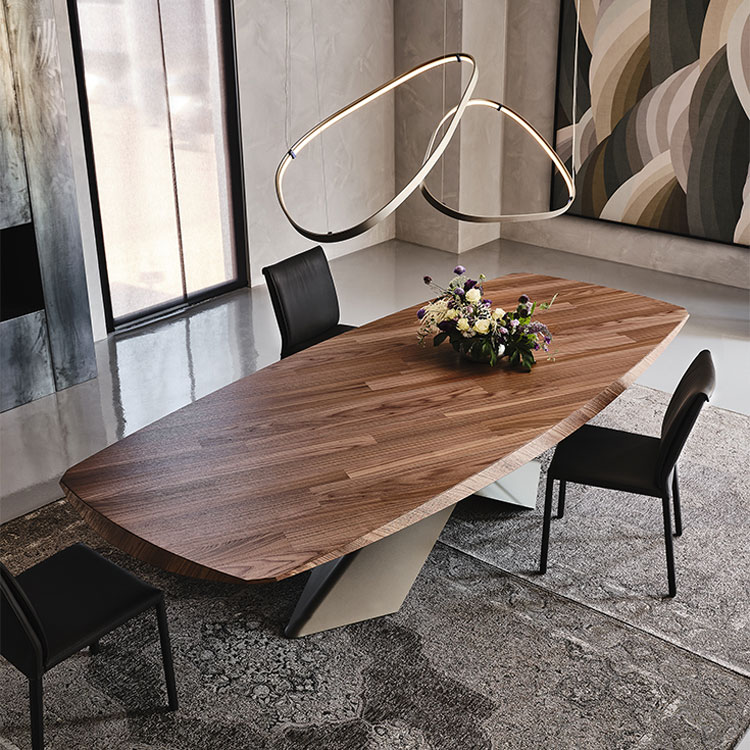
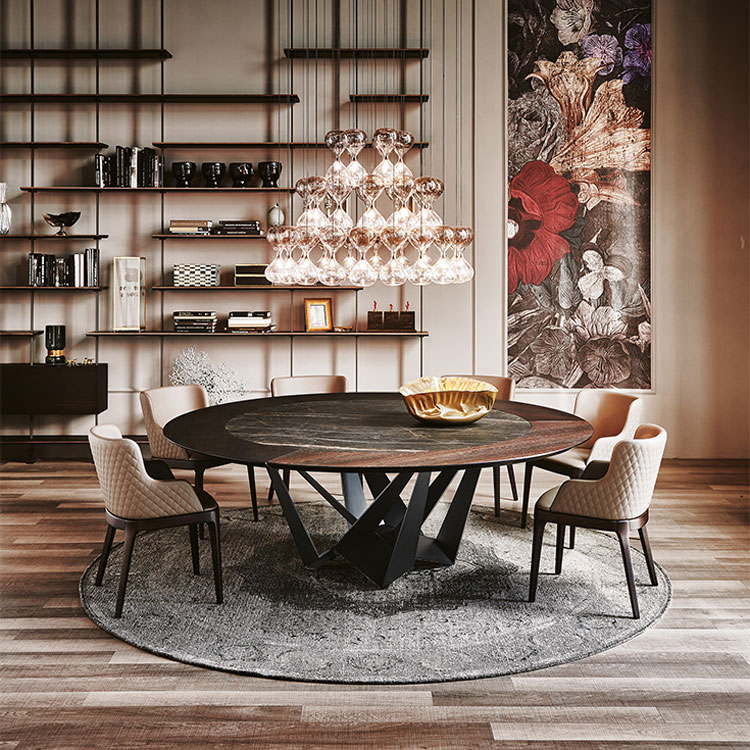
Veneer is a sumptuous material that radiates elegance and sophistication, often utilised in furniture production. It boasts a thin layer of natural wood carefully sliced and applied to a substrate to achieve a stunning, luxurious finish.
The Turning Extending Dining Table by Naos exemplifies how veneer is utilised to craft a remarkable furniture piece that exudes charm and practicality. The table boasts a meticulously crafted veneered top, emitting warmth and character while serving as a sturdy and durable surface for dining.
The beauty of veneer lies in its ability to imitate the appearance of high-end woods, such as mahogany or oak, at a fraction of the cost, providing versatility and a bespoke look. Moreover, a veneer is less susceptible to warping and cracking than solid wood, making it a reliable option for furniture production.
Although it is not robust as solid wood and may experience some chipping or peeling over time, the advantages of using veneer in furniture far outweigh its limitations. Additionally, it contributes to sustainability efforts by reducing the demand for solid wood.
When seeking to acquire furniture of the utmost quality and sophistication, it is crucial to distinguish between solid wood and veneer. You can use several methods, such as a visual inspection of the surface, an investigation of the corners and edges, and a thorough check of the underside.
The surface of veneered furniture may display variations in colour and texture, indicating the presence of a thin layer of natural wood atop a substrate. Visible seams or joints between the pieces may also be present. Solid wood, by contrast, boasts a consistent texture and appearance throughout the surface.
You can learn more about a piece of furniture's construction by looking at its edges and corners. A veneer layer may be noticeable at the edges, acting as a decorative bordering. Meanwhile, the grain pattern of solid wood will extend seamlessly from the surface to the edge.
Finally, examining the underside of the furniture piece provides details about its construction. If veneered, the bottom will show the substrate material. If it is solid wood, the same species will be visible throughout. These techniques will allow for a refined and exquisite selection of furniture that exhibits the highest levels of artistry and luxury.
Buying furniture requires a keen eye for the subtle differences between solid wood and veneer. Veneer offers diverse advantages, including sustainability, stability, and cost-effectiveness, whereas solid wood ensures durability and an authentic, homogenous appearance. At FCI London, we curate an exquisite collection from top-tier brands such as Cappellini and Bonaldo.
Our esteemed design team boasts exceptional prowess, with a rich legacy of distinguished services dating back to 1985. We take immense pride in our meticulously crafted portfolio of completed projects highlighting our expertise in the industry.
We welcome you to connect via WhatsApp to explore your furniture needs and discover our magnificent showroom. Our showroom curates an extensive range of furniture pieces, including those crafted from solid and veneer wood. At FCI London, we advocate for making informed furniture-buying decisions that reflect your style and sensibilities.
Partnering with us will ensure you receive nothing short of exceptional, bespoke furniture that exudes class and sophistication and elevates your space to the next level.
Get In Touch
Book A Video Chat
Book a video consultation and we'll advise you on furniture, space planning, colour schemes and much more.
Book A ConsultationVisit Our Showroom
Book a visit to our stunning, multi award-winning, 30,000 sqft.
Over 700 brands under 1 roof.
Sign up for weekly inspiration
Stay ahead of the crowd with our Interior Design inspiration, new furniture trends & trade tips.
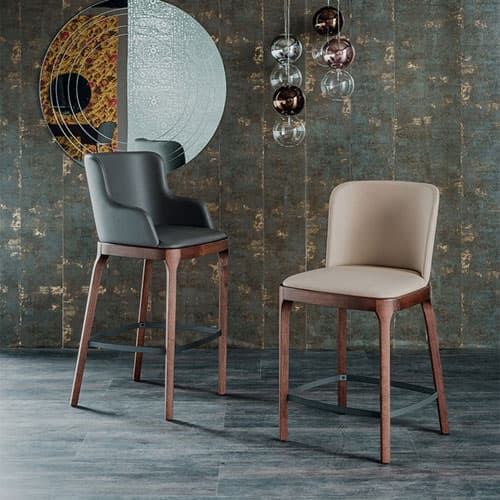
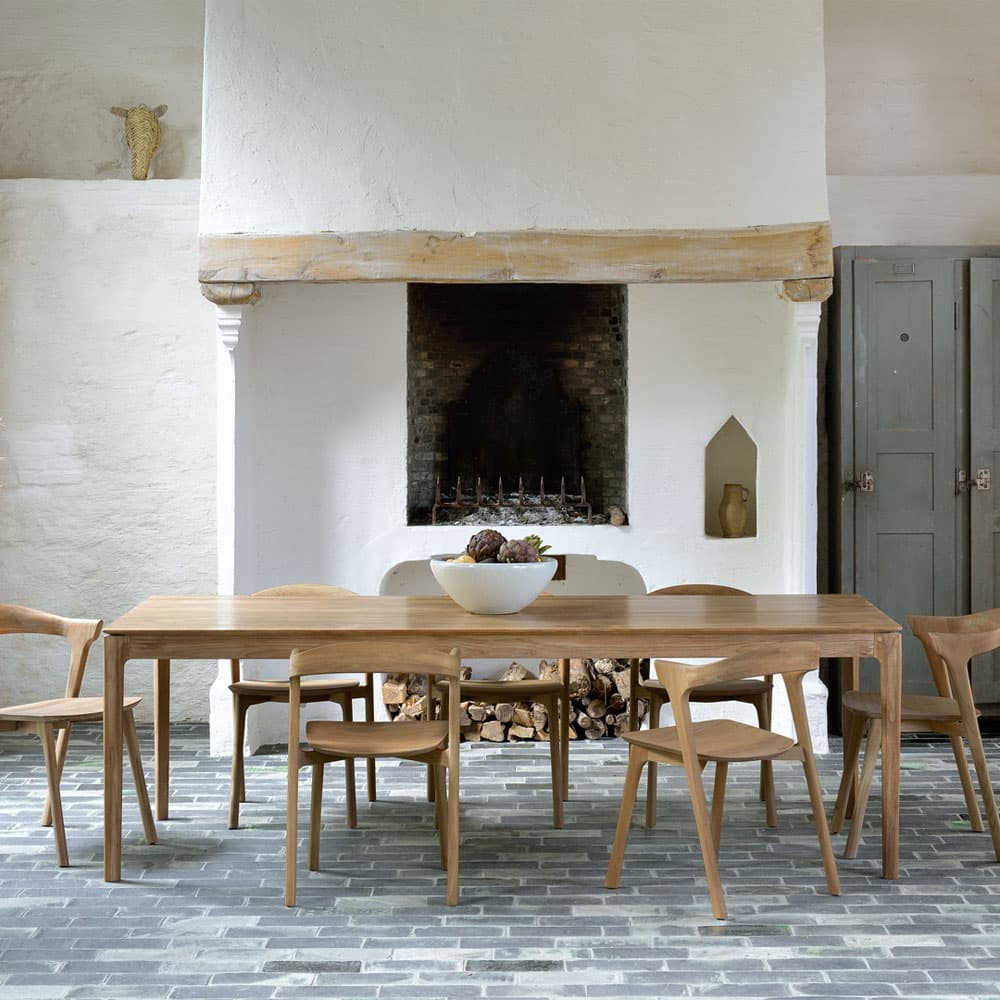
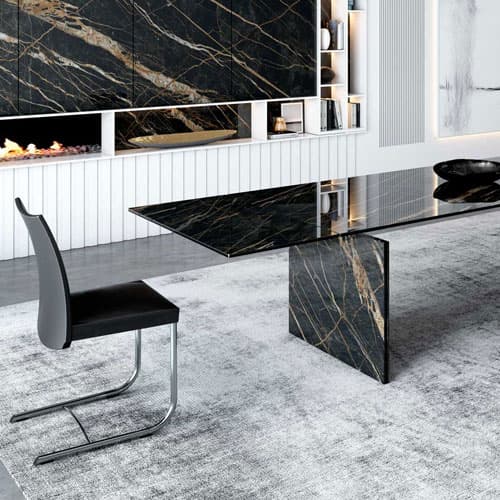
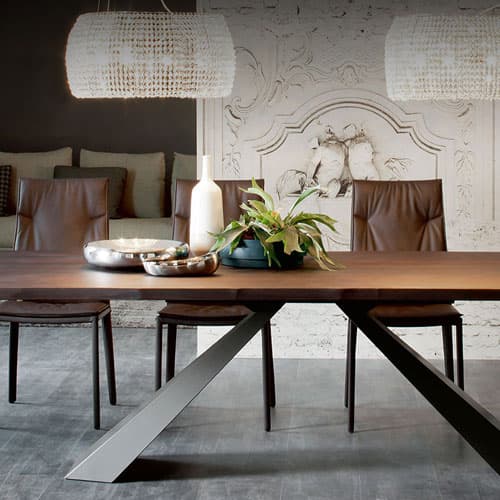
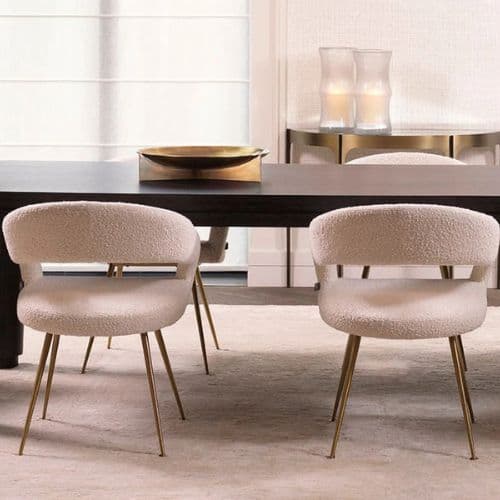

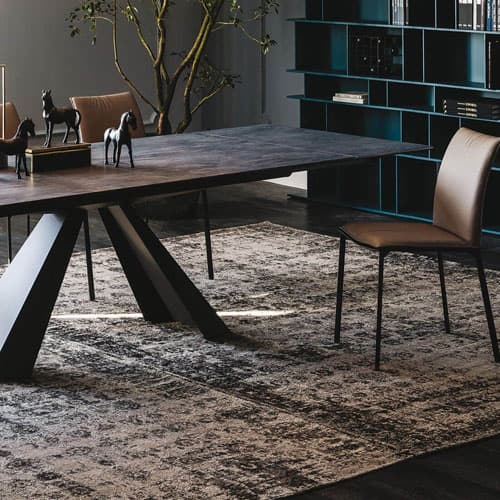
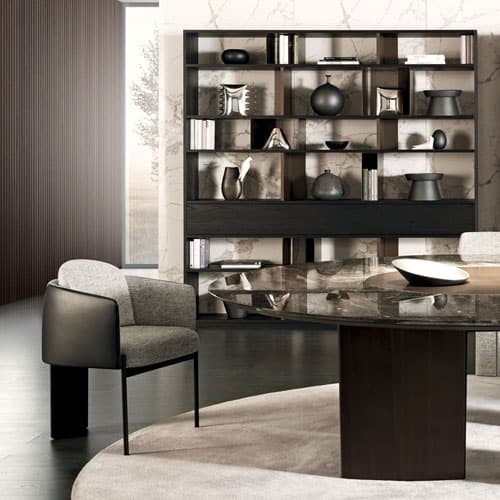
Transparency's kind of our thing.
Here's what real customers have to say about us.
